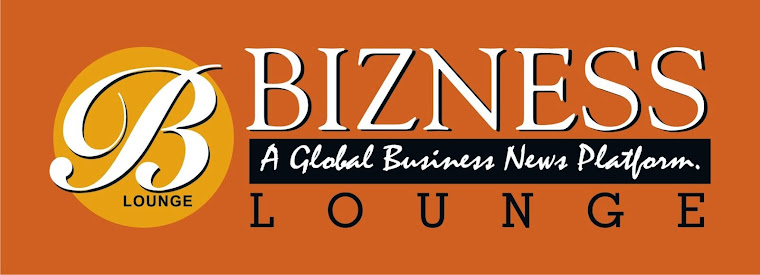
Workers pack and prepare orders at a Myer Holdings Ltd. online fulfillment distribution... Read More
The number of people employed advanced by 37,400 in December following a revised 45,000 increase in November, making the biggest two-month gain since December 2006, according to data calculated by Bloomberg based on official figures. The jobless rate dropped to 6.1 percent in December from 6.2 percent the previous month, the statistics bureau said in Sydney today, lower than a median estimate of 6.3 percent.
The Reserve Bank of Australia has kept its benchmark rate at 2.5 percent for 17 months to help foster a transition to domestic drivers of growth and boost hiring as a resource investment boom wanes. Policy makers have been waiting for low rates to spur the economy beyond the
surging housing market.
“I don’t see the need to cut rates at the moment,” said Shane Lee, a senior economist at CIMB Securities in Sydney. “The rise in the participation rate is probably the best aspect as it tells you people are becoming more confident about finding jobs.”
Australia’s participation rate, a measure of the labor force in proportion to the population, rose to 64.8 percent in December from 64.7 percent a month earlier, today’s report showed.
The number of full-time jobs rose by 41,600 in December, and part-time employment fell by 4,100, it showed.
The Australian dollar traded at 81.84 U.S. cents at 1:12 p.m. in Sydney, from 81.44 cents before the data was released.
‘Broadly Believable’
Australia’s monthly jobs numbers have had a recent history of volatility that led the country’s statistician to review the data agency’s calculation methods in October.“There’s enough evidence out there that the numbers are broadly believable,” said Lee. “The unemployment rate is probably the best and most reliable piece of information that comes from this data, and it fell.”
The country’s population grew 1.6 percent in the second quarter from a year earlier to 23.5 million while the number of people employed rose 1.9 percent in December from 12 months ago.
“For the RBA, today’s figures are encouraging,” Riki Polygenis, co-head of Australian economics at Australia & New Zealand Banking Group Ltd., said in a research note. “However the reality remains that the recovery in the non-mining economy has been slower to eventuate than expected.”
Cash Rate
ANZ revised its cash rate forecasts today before the data was released, saying it now expects the central bank to lower the benchmark by 50 basis points in the first half of 2015.Australia’s economy is facing the effects of a fall in prices for its key commodity exports including an almost halving in that for iron ore in 2014. A 50 percent slump in oil prices last year could drive down prices of gas and coal -- of which the country is a large exporter, Paul Bloxham, chief economist at HSBC Bank Australia Ltd., said in a research note Jan. 13.
“Although the effect of lower oil prices on the resources sector could be negative, the other sectors of the economy are expected to be supported by the fall in gasoline prices,” he said. “For consumers, lower petrol prices are a clear positive.”
Traders are pricing in nearly two 25-basis-point rate reductions in the next 12 months, according to a Credit Suisse Group AG index based on swaps. Along with ANZ, National Australia Bank Ltd., Goldman Sachs Group Inc., Deutsche Bank AG and Westpac Banking Corp. have all predicted Governor Glenn Stevens will cut rates this year.

No comments:
Post a Comment